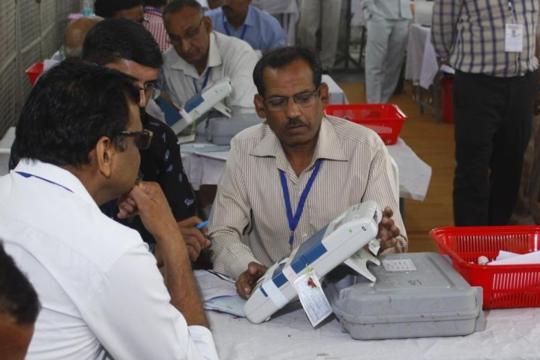
New Delhi- The reduction in FAME subsidy is slowing down demand for electric two wheelers and the manufacturers will now have to focus on achieving price reduction through R&D and innovation, a report said on Thursday.
The medium term sales trajectory for two wheelers, which include e-two wheelers as well, is anticipated to be modest, characterised by uncertainties and driven by a host of factors, it said.
In its report, CARE Ratings said the core segments of two wheelers, specifically the 75 cc – 110 cc range in motorcycles and the 75 cc – 125 cc range in scooters, have shown a sharp sales volume decline from FY19 to FY22, with a slight recovery seen in FY23.
Sales of electric two wheelers also significantly declined in Q1 FY24 due to the government withholding FAME subsidies for certain Original Equipment Manufacturers (OEMs), it said.
Additionally, the report said that a subsidy reduction to Rs 10,000 per kWh from Rs 15,000 per kWh and 15 per cent of the ex-factory price from 40 per cent earlier, adds to the uncertainty in two wheeler sales.
”Manufacturers of electric two wheelers will now have to focus on achieving price reduction through R&D and innovation, rather than on government subsidies,” it said.
In April 2015, the central government rolled out the FAME subsidy scheme to boost the sales of EVs with a budget of Rs 75 crore.
The scheme entailed cash subsidy being credited to dealers of Electric Vehicles (EVs) to bring down the acquisition cost for vehicle buyers. The budgetary allocation was subsequently increased on an annual basis along with the extension of the scheme, till FY19 when the budget stood at Rs 145 crore.
From April 2020, it was replaced by the FAME II scheme, which entailed a massive increase in budget to Rs 10,000 crore and was initially applicable for three years till March 31, 2022. The same was extended in June 2021 for another two years till March 31, 2024.
In June 2021, the government hiked the subsidy on EVs to Rs 15,000/kwh from Rs 10,000/kwh with the maximum cap increased to 40 per cent from 20 per cent of the ex-factory price of the vehicle.
Apart from the subsidies available under the FAME scheme, various state governments also introduced their own incentives such as a subsidy amount per Kwh of battery capacity, and discounts or complete exemption on payment of road tax.
Considering that the subsidy of up to Rs 60,000 could be claimed under FAME II from the central government in addition to the state subsidies and incentives, the on-road price of electric two wheelers declined to a level where it was comparable with the price of petrol two-wheelers, CARE Ratings said.
As a result, demand surged in FY22 and FY23, it said.
However, the government reduced the subsidy amount to Rs 10,000/kWh with a cap of up to 20 per cent of the ex-factory price, effective June 1 this year.
This action has had an immediate impact on electric two wheeler sales as was witnessed in the current year’s volumes, the ratings agency said.
Initially, CARE Ratings said it anticipated that growth in the two wheeler segment would be driven by electric vehicles, albeit from a smaller base compared to Internal Combustion Engine-based vehicles.
However, the reduction in FAME subsidy effective from June 1, 2023 has curtailed the previous robust growth in this category, it noted.
”Over the long-term, technological developments leading to a reduction in battery costs which makes electric two wheelers comparable in price with ICE vehicles (after disregarding subsidies for EVs) would be the key factor driving electric two wheeler sales,” Sudarshan Shreenivas, Director at CARE Ratings, said.
According to him, if the government is successful in the implementation of interoperability standards for EV batteries,it would definitely lead to a spurt in e-two wheeler sales given the convenience of switching spent batteries with fully charged batteries at charging stations.
Follow this link to join our WhatsApp group: Join Now
Be Part of Quality Journalism |
Quality journalism takes a lot of time, money and hard work to produce and despite all the hardships we still do it. Our reporters and editors are working overtime in Kashmir and beyond to cover what you care about, break big stories, and expose injustices that can change lives. Today more people are reading Kashmir Observer than ever, but only a handful are paying while advertising revenues are falling fast. |
| ACT NOW |
| MONTHLY | Rs 100 | |
| YEARLY | Rs 1000 | |
| LIFETIME | Rs 10000 | |










